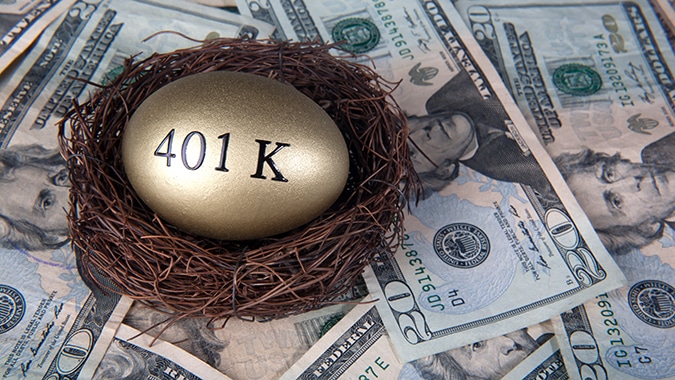Older women, who comprise 47% of the labor force for employees ages 55 and older, are plagued by a gender wage gap that is even larger than the one their younger counterparts experience, according to federal data.
The U.S. Department of Labor’s Women’s Bureau says that among workers ages 50 or older, women working full-time and year-round are paid about 75 cents for every $1 their male counterparts earn. By contrast, women ages 20-29 earn 93 cents for every $1 that men make.
In 2022, the most recent year data is available, women ages 50-59 working full-time, year-round were paid about $56,000 annually – $18,300 less than men, the DOL said.
Women 60-69 were paid about $18,800 less than men in their 60s. Women 70 or older were paid about $16,000 less than men in their 70s.
The gap was much less pronounced for younger women. Among workers ages 20-29, women were paid a median of $39,200 and men a median of $42,100 – an annual difference of $2,900.
Research from the US DOL Women’s Bureau and the U.S. Census Bureau shows 70% of the gender pay gap remains unexplained after adjusting for gender differences in education, occupation, industry, work experience, hours worked and other worker characteristics.
Given the outsized role that “occupational segregation” plays in the gender wage gap, programs that provide pathways for women into high-paying nontraditional occupations, can reduce pay disparities, according to a blog post by economist Erin George and researcher Gretchen Livingston of the DOL Women’s Bureau.
Federal programs, such as the Women in Apprenticeship and Nontraditional Occupations (WANTO) grant program, are key in this effort to close gender wage gaps and increase economic security for women, they said. Lower wages earned throughout their careers will impact women’s Social Security benefits and other sources of retirement income such as IRAs and 401(k)s.
Over the course of a 40-year career, U.S. women lose an average of nearly $400,000 relative to white non-Hispanic men due to gender and racial wage gaps, according to the National Women’s Law Center, a nonprofit that works to advance and protect women's legal rights.
The Center’s state-by-state analysis of lifetime wage disparities found that the gap is even higher in New Jersey: $508,000. A New Jersey woman would have to work until age 68 to catch up to what a man earns by age 60, the Center said.




